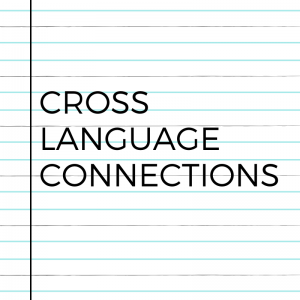In this video, Vivian Pratts breaks down the concept of Preview, View, Review. This is a technique in which a teacher takes a few minutes prior to teaching a lesson and a few minutes following the lesson to briefly discuss it with the students, activate prior knowledge and summarize key concepts for the topic to be taught or read. The majority of instructional time is still in the target language, but educators build a space for preview and review in the student’s dominant language.
A few minutes in the dominant language at the beginning and the end of the lesson have been shown to increase student learning by allowing students to activate schema and solidify essential concepts. In each part of the structure, the educator adheres to the name language of the part of the structure. In other words, if the educator does a preview, view, review and the target language is in English, that is considered the view. The view becomes the educator’s guided reading lesson in small group instruction for guided reading.
Cross-Language Connections During the Review Stage
Pratts also discusses how cross-language connections can be done during review because there is high leverage in terms of student meaning-making and students also developing biliteracy. The sound systems, syntax and grammar, rules for punctuation, similarities and differences, and conjugation are powerful instructional points that educators can share with students when doing cross-language connections.

